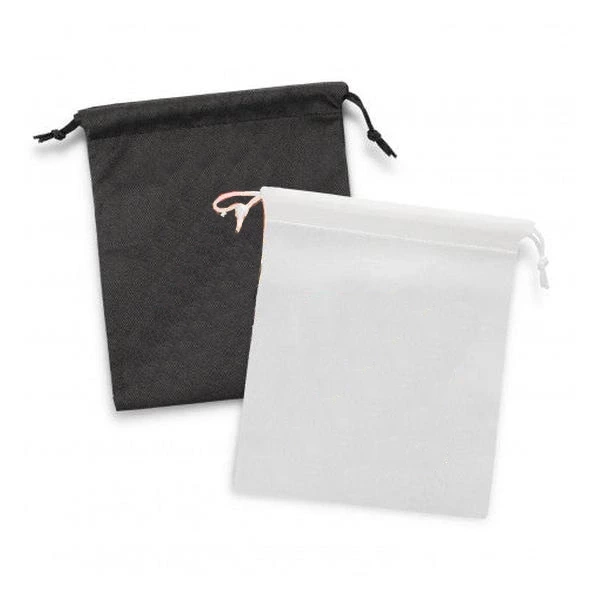Market Development Of Nonwoven Fabrics
1. The Non-woven Shopping Bag industry has made great progress in recent years --
By 1998, the global consumption of nonwoven fabrics had reached 2.4 million tons. In 1970, its consumption was only 400,000 tons, and by 2007, its consumption is expected to reach 4 million tons.
Nonwoven fabric manufacturers are mainly concentrated in the United States (accounting for 41% of the world), Western Europe accounts for 30%, Japan accounts for 8%, and China's production accounts for only 3.5% of the world, but its consumption is 17.5% of the world. It is expected that by 2007, China's production will reach 7% of the world's production, and its consumption will increase to 21% of the world.
At present, man-made fibers still dominate the production of nonwoven fabrics, and this situation will not change much before 2007. Among the fibers used for nonwoven fabric production worldwide, 63% are polypropylene, 23% are polyester, 8% are viscose, 2% are acrylic fibers, 1.5% are polyamide, and the remaining 3% are other fibers.
In recent years, the application of non-woven fabrics in sanitary absorbent materials, medical, transportation and shoemaking textile materials has increased significantly.
2. Non-woven fabric production and consumption
In 1983, the global non-woven fabric consumption was 800,000 tons, which increased to 110 tons in 1985, 1.4 million tons in 1988, and 2.4 million tons in 1998. It is expected that by 2005, its consumption will reach 3.7 million tons.
The consumption of man-made fibers used for various textiles was 16.9 million tons in 1983, which increased to 20.4 million tons in 1988, and reached 30.4 million tons in 1998. It is expected that by 2005, its consumption will reach 37 million tons, and 38.3 million tons in 2007.
The consumption growth rate of man-made fibers in the production of nonwovens is expected to reach 10% by 2005 and 10.4% by 2007. The rapid growth of nonwovens industry consumption is partly due to the increase in supporting industries in China, Southeast Asia, Latin America and the Middle East.
III. Factors affecting the growth rate of nonwovens --
All factors affecting the growth of man-made fibers can have a certain impact on textiles made of man-made fibers to a greater or lesser extent, among which the impact on nonwoven textiles is the greatest.
Population growth has a smaller impact on nonwovens than on other textiles used for clothing. However, if we consider the important application of nonwovens in baby diapers, population growth is also an important factor.
The partial replacement of natural fibers has a greater impact on textiles, but not on nonwovens, because the production of nonwovens basically depends on man-made fibers.
The commercial development of man-made fibers and the professional application of nonwovens: Due to the establishment of international economic treaties, the trade of microfibers, composite fibers, biodegradable fibers and new polyester fibers has increased. This has a great impact on nonwovens, but not so much on apparel and knitted textiles.
Replacement of textiles and other products: This includes replacement by nonwoven textiles, knitted textiles, plastic films, polyurea foams, wood pulp, leather, etc. This is determined by the cost and performance requirements of the product.
Introduction of new, more economical and efficient production processes: that is, the use of new competitive nonwovens made from polymers for various items and the introduction of specialty fibers and additives for nonwoven textiles.
The three major fibers used in the production of nonwovens are polypropylene (62% of the total), polyester (24% of the total) and viscose (8% of the total). Between 1970 and 1985, viscose was the most widely used in the production of nonwovens. However, in the past five years, the use of polypropylene and polyester fibers has begun to dominate in the field of sanitary absorbent materials and medical textiles. In the early nonwoven production market, nylon was used in large quantities, and since 1998, the use of acrylic fibers has begun to rise, especially in the field of artificial leather manufacturing.
